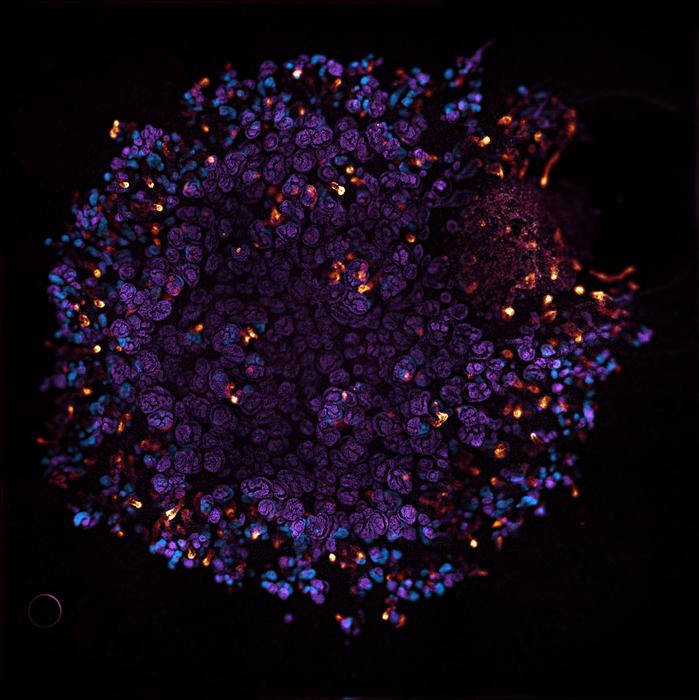The Journey Toward an Artificial Kidney is a 'Whale' of a Tale
Jun 16, 2023
Image by Canva
In a pioneering endeavor that straddles the line between science and science fiction, a team of researchers from the University of Southern California (USC) is making strides in a daring quest to construct an artificial kidney. The approach, backed by a $1 million grant from the Kidney Innovation Accelerator, or KidneyX, doesn't aim to replicate the exact shape of the human kidney but instead prioritizes its function. The method turns to nature for inspiration, gleaning design cues from an unexpected source: the kidneys of a whale.
"Nature has taught us that kidneys can come in an astounding diversity of forms," said Nils Lindström, the lead investigator for the grant and an assistant professor of stem cell biology and regenerative medicine at the Keck School of Medicine of USC. "Whereas humans have two big kidneys, one of our largest mammalian cousins, the whale, has numerous kidneys working together and resembling a bunch of grapes. We aspire to follow a similar design in building an artificial kidney using human stem cells."

Lindström and his PhD student, Connor Fausto, alongside Leonardo Morsut and his postdoctoral trainee Fokion Glykofrydis, are attempting to pioneer a novel solution for the over 100,000 patients waiting for kidney transplants.
The research team focuses on the biological principles of kidney development, making strides in engineering up to 500 kidney filtering tubes, or nephrons, from stem cells. These nephrons are assembled into organoids, minute structures resembling functional organs. Though the artificial kidney’s architecture differs from its human counterpart—which boasts one million nephrons—the team’s approach proves a smaller number of nephrons could potentially perform a similar job.
"Just one thousand of these kidney organoids would contain 400,000 nephrons and amount to approximately half the number of nephrons found in each of your kidneys," Lindström pointed out.
For these organoids to replace a failing human kidney, they must integrate seamlessly into the body's existing systems, connecting to the blood supply and urine drainage system. Here is where Morsut and his team come in, applying their expertise in synthetic biology to engineer structures that connect the organoids to the circulatory system and facilitate urine output.
“When growing kidney organoids in a lab, they need a little extra coaxing to develop all of the necessary functional components such as the drainage system for collecting urine,” said Morsut, a co-investigator on the grant and an assistant professor of stem cell biology and regenerative medicine, and biomedical engineering at USC. “Our engineered genetic circuits give them this extra nudge and allow us to control their architecture with a precision that we can’t achieve in a lab environment if we rely solely on stem cells’ natural ability to self-organize.”
This daring initiative aligns with the mission of KidneyX, a collaborative effort between the US Department of Health and Human Services and the American Society of Nephrology. KidneyX is geared toward sparking innovation in preventing, diagnosing, and treating kidney diseases by supporting unconventional research approaches like this one.
“What KidneyX has recognized is that we need to think better, think bold, and think big to build artificial kidneys that are wearable or implantable,” said Lindström. “We hope our collaboration can transform our thinking about how artificial kidneys can be built and drained through synthetic cellular systems and ultimately provide better therapeutic alternatives for patients with end-stage kidney disease.”


















